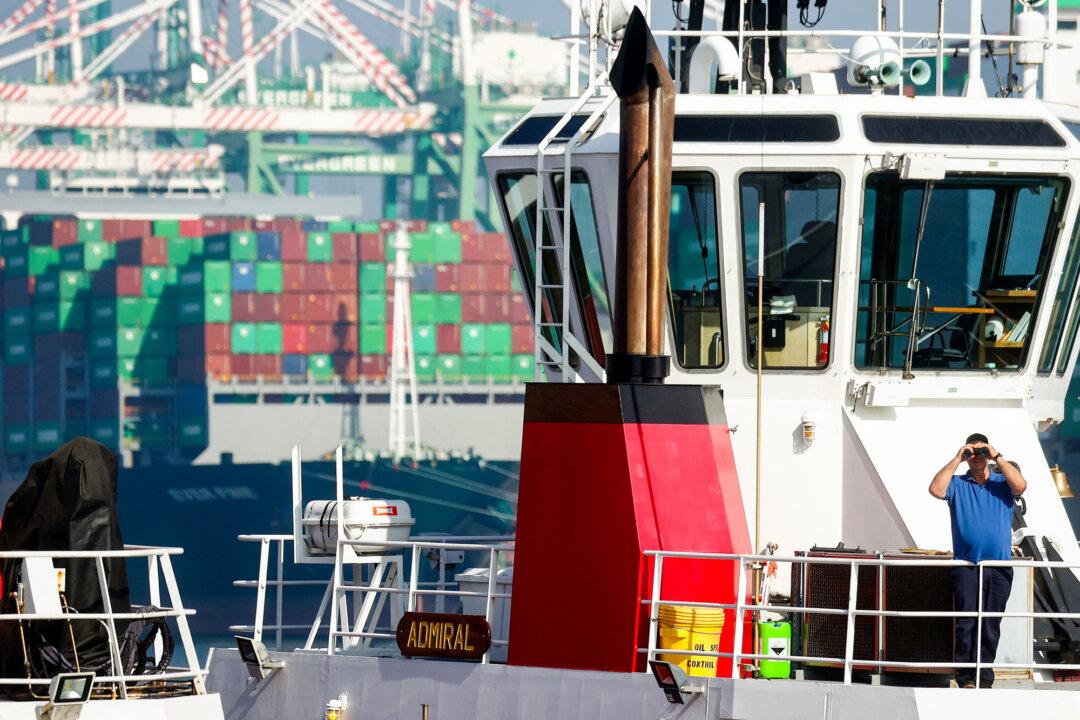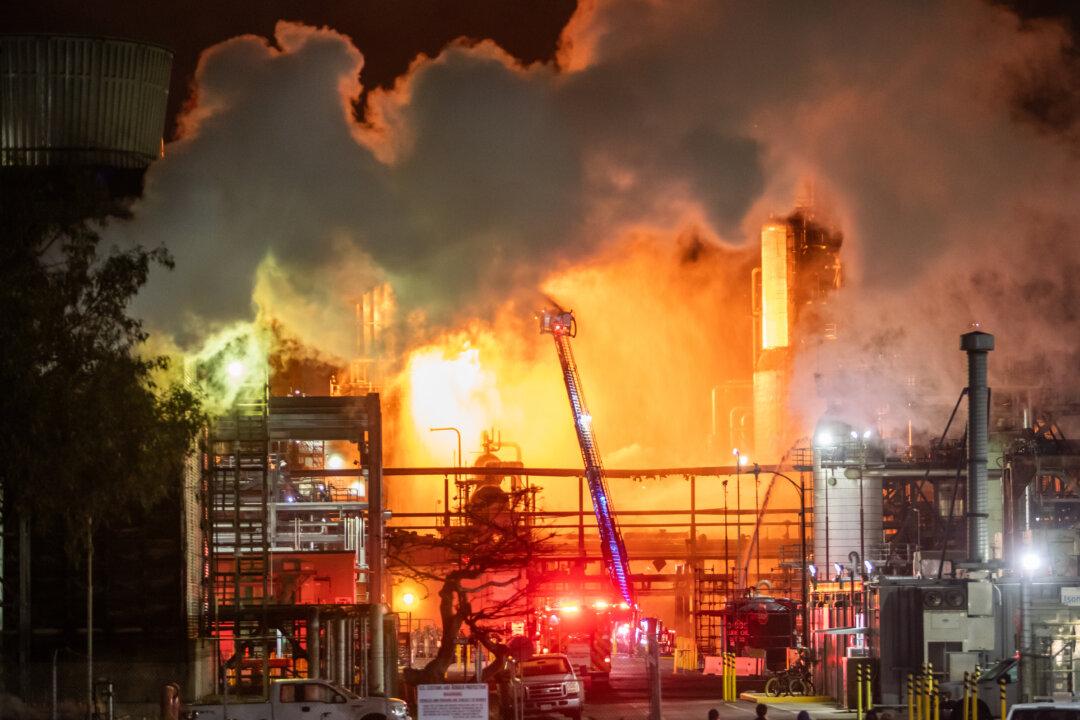Californians have taken on bigger car loans at an alarming pace since the pandemic and more people are falling behind on their payments, according to a new study released by the University of California–Berkeley’s California Policy Lab.
“The escalation in auto loans was steady through the 2010s, but when the pandemic began in 2020, it rocketed upwards,” the lab reported (pdf).





